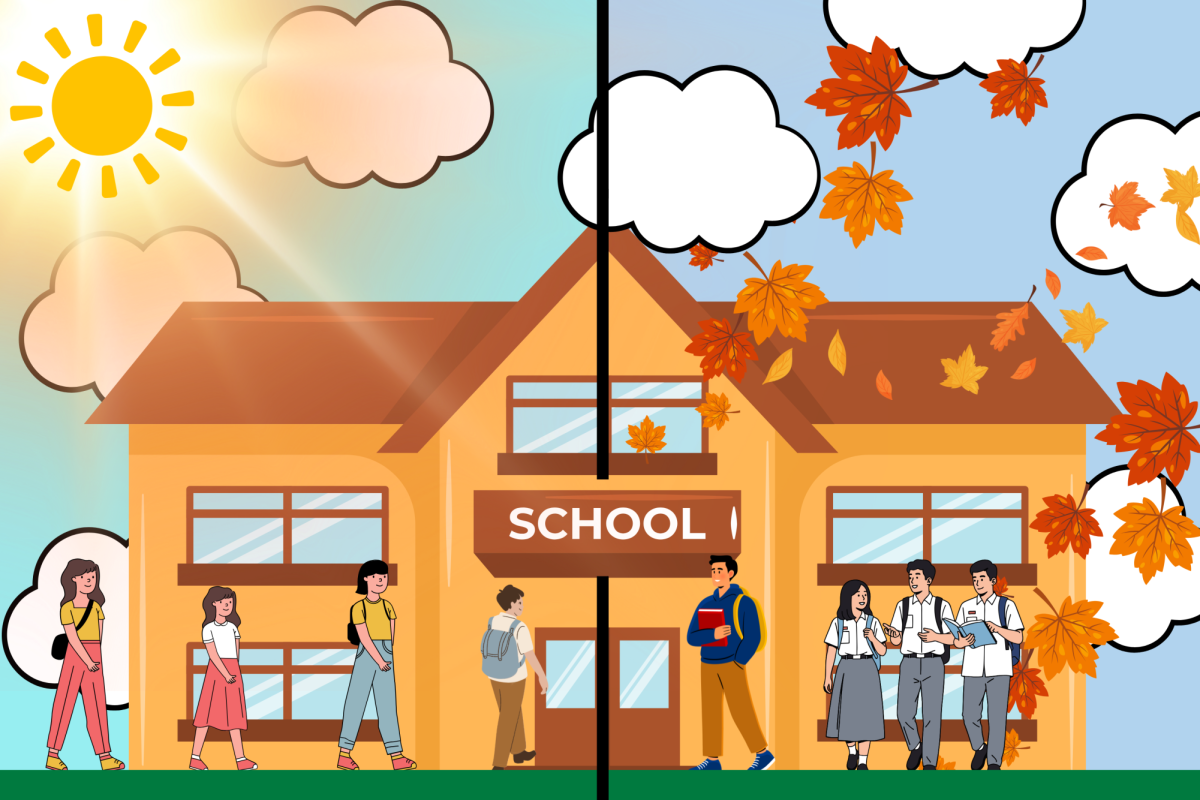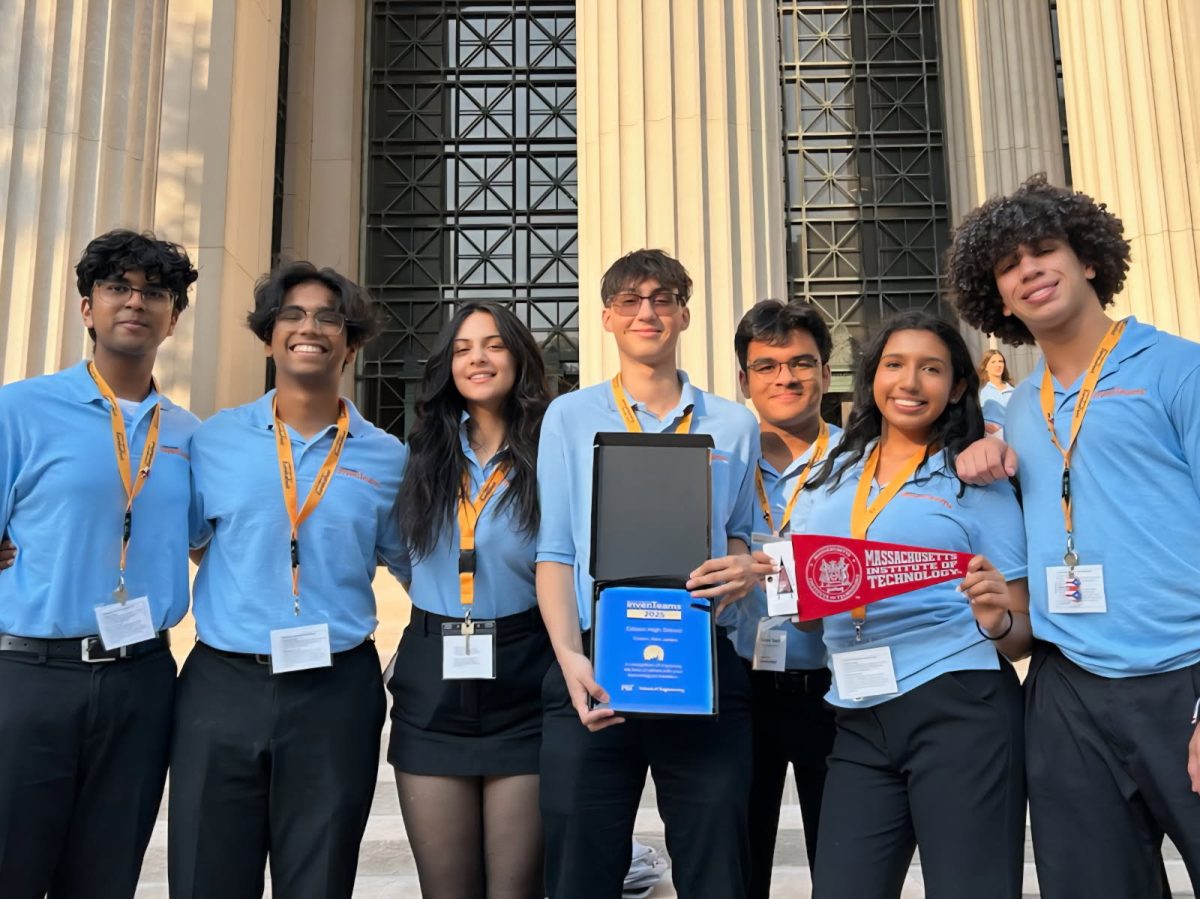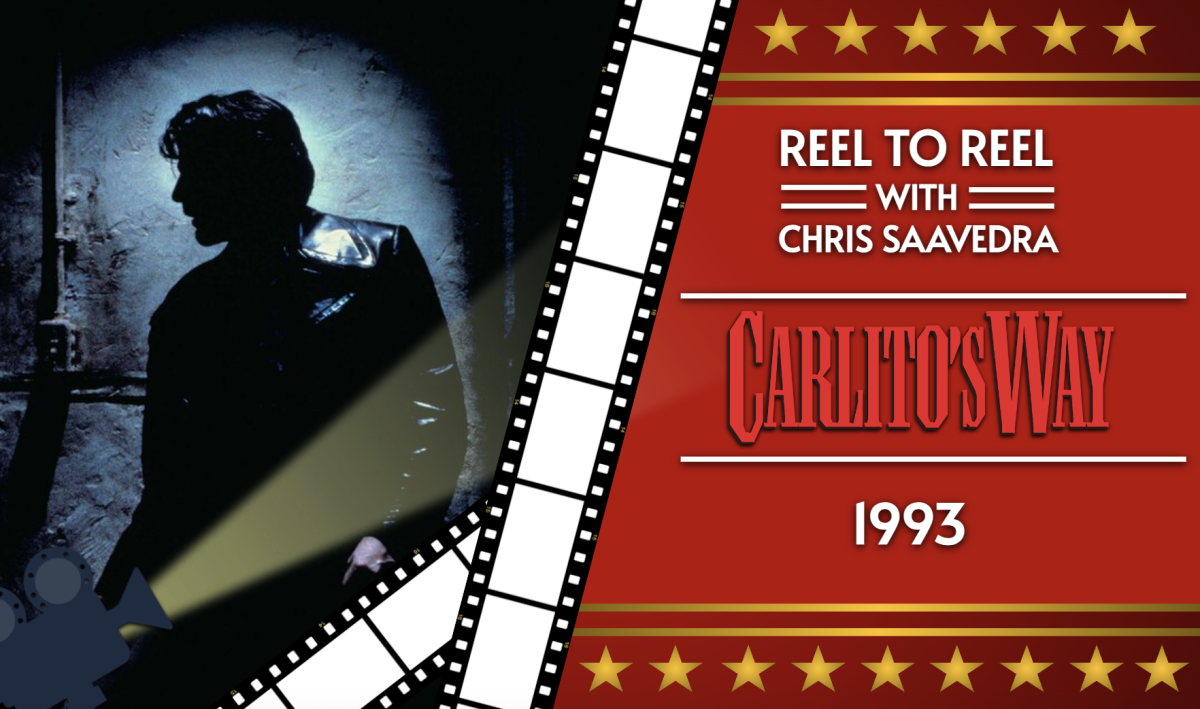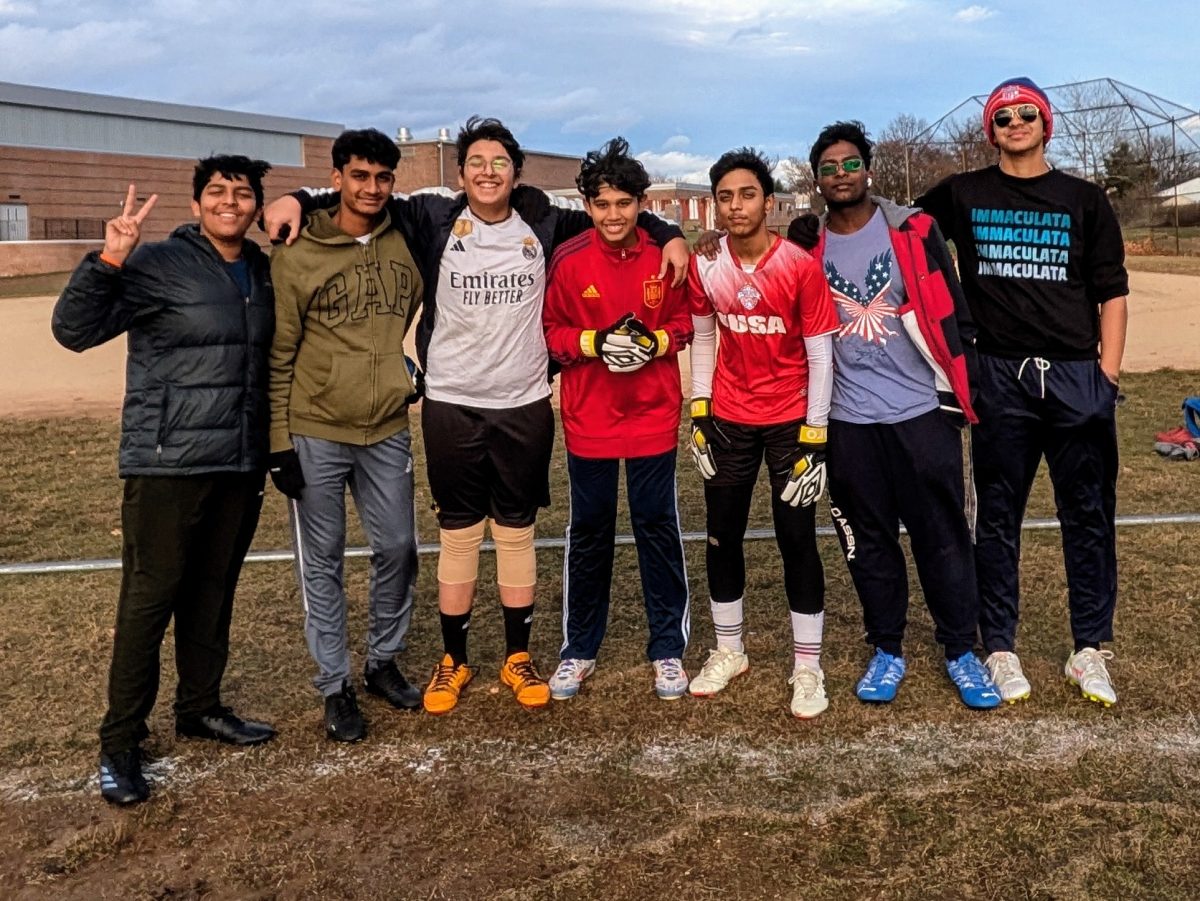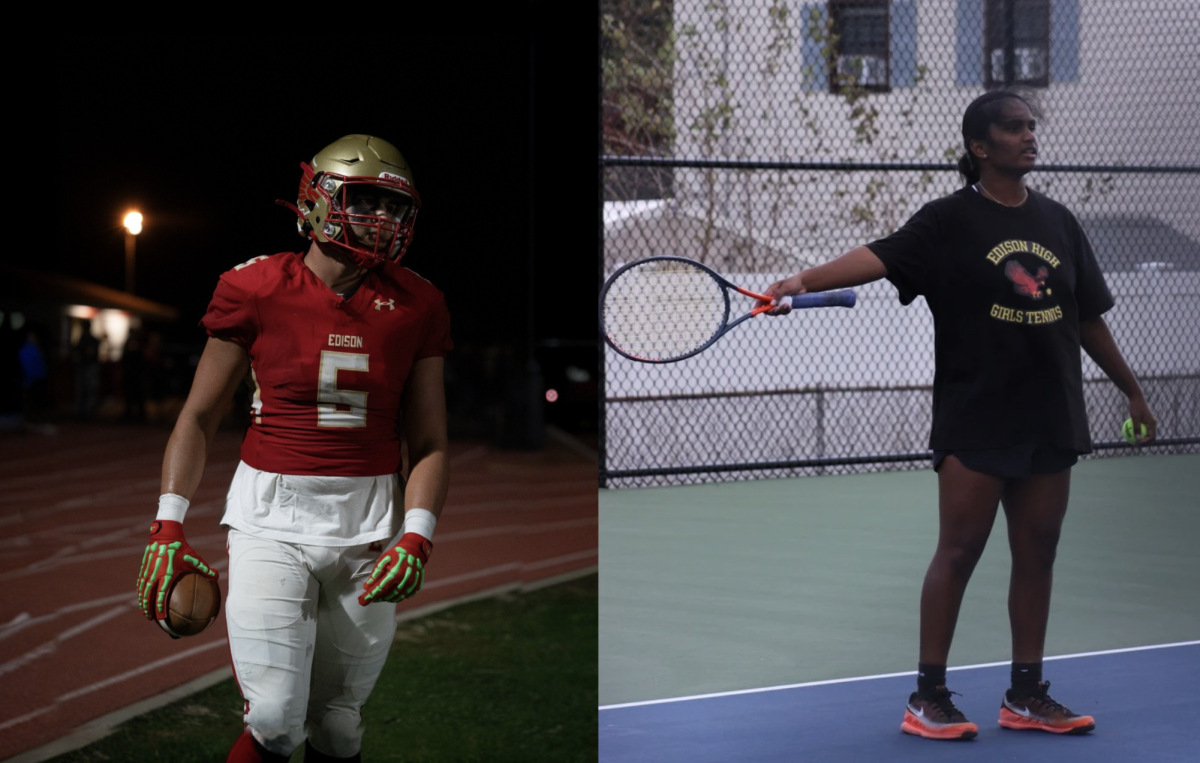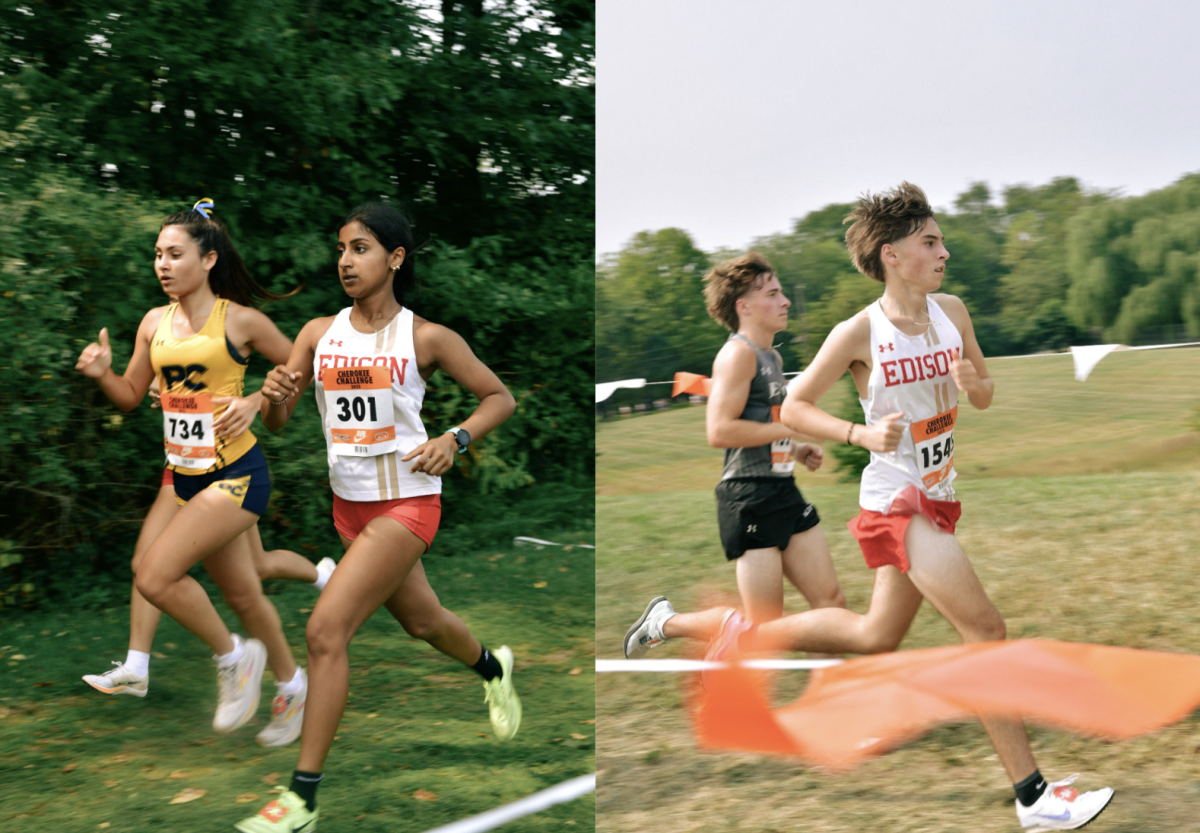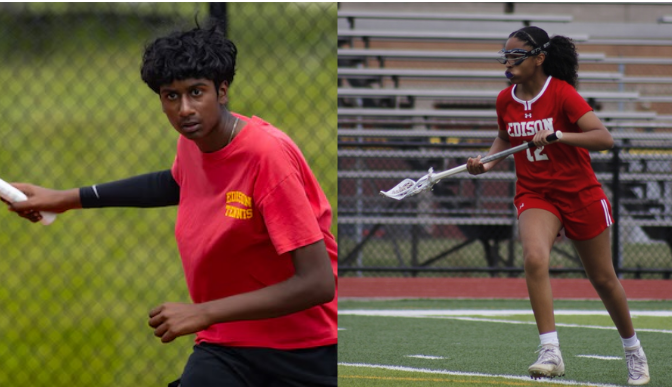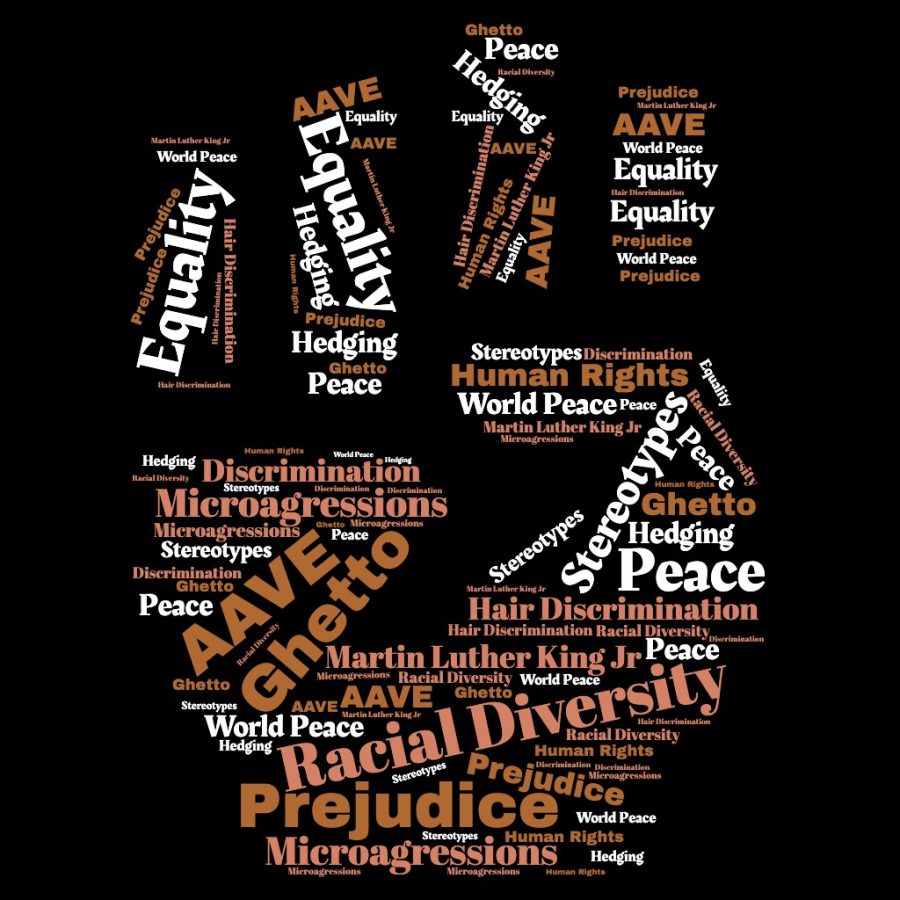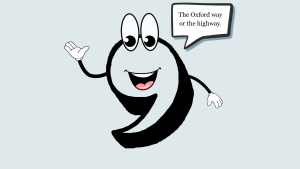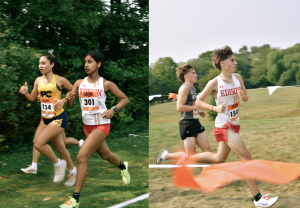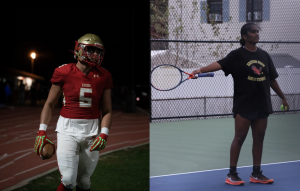Microaggressions: More Than Just Words
Words and phrases representing the issues and effects of microaggressions.
January 18, 2022
* The following is a guest contribution from members of the Edison High School Black Student Union.
Martin Luther King Jr. fought to create a free country for African Americans; he fought for the beginning of equality of races. King preached about intolerance to segregation and discrimination against African Americans. To many, “I Have a Dream” was a motivational speech: It was the beginning of change, which secured hope for an end to segregation and inequality.
Our experiences here at EHS aren’t as obvious as segregation in the 1950s, but they still cause separation between students due to the stereotypes that are embedded in microaggressions. Such behavior is just as harmful to our learning environment and can be detrimental to our future. Whether it be a classmate joking about not seeing a darker-skinned student while the lights are off, or even someone assuming that any Hispanic student is automatically Mexican, such comments may seem harmless, but they linger in students’ minds, causing insecurity in their identities and emotional distress, to say the least.
The Oxford dictionary definition of a microaggression is “a statement, action, or incident regarded as an instance of indirect, subtle, or unintentional discrimination against members of a marginalized group such as a racial or ethnic minority.” Essentially, microaggressions can happen anywhere, on any scale, by anybody.
Microaggressions can occur in the cafeteria, the gym, or the classroom. Many schools, for example, have English curriculums that center around white authors. In schools across America—Edison High School is no exception—reading books by dead, White men has become normalized while reading books by Black authors or about Black people is saved for “special” occasions like February’s Black History Month.
Additionally, we’re questioned about our high grades or class placements. People have this preconceived notion that we aren’t capable of taking on challenging courses; this stereotype is rooted in consistently seeing Hispanic and Black people in lower-level classes. One might be asking, “What about other people of color, such as South Asians? How are they affected by microaggressions?” Microaggressions can affect many types of students at school and can be perpetrated by anyone.
For example, there is a myth called “model minority,” which stereotypes Asian American students as naturals in math. This notion not only harms non-Asian American students in school, but it harms Asian American students themselves, as they receive comments stereotyping their supposed good grades. Students who are not a part of the model minority myth find themselves subject to negative stereotypes about them, even from their own teachers. Some teachers are especially wrapped up in such stereotypes as well. They tend to ascribe hopelessness to some students of color, assuming Black students aren’t intellectually gifted; even the student projects this stereotype upon themselves due to being surrounded by such negativity their whole life in the education system.
Microaggressions happen outside of the classroom as well. While the environment and behaviors are different, they have just as many harmful consequences. Black students are sometimes subject to borderline verbal harassment from other students, from jabs at their skin color to “jokes” about hair. Students invade personal space and boundaries by reaching to touch said hair without permission–as if Black students were animals at a petting zoo.
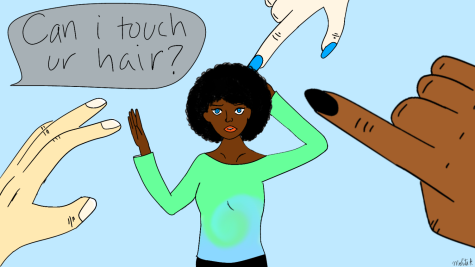
Certainly, microaggressions hurt, even if intentions are benign. One instance can make someone wholly insecure in their identity, and that’s important for people to realize. These instances can be incredibly damaging for a young and impressionable student when also faced with the struggles of school and life in general.
But what about the students who choose to stand up for themselves?
Black girls are especially subject to the harmful stereotype of the “angry Black girl,” which paints them as purposefully seeking to argue and become furious at nothing. It can make them hesitate to stand up for themselves, especially in an academic setting and even against an authority figure such as a teacher. Microaggressions stem from preconceived notions of a group of people–A.K.A., stereotypes. The less we perpetuate stereotypes of people, the less we will see microaggressions tossed around so casually—not just in our school, but in society at large.
You may have been asking yourself, “Have I ever committed a microaggression?” In reality, you likely have without realizing it. In the world we live in, microaggressions are common, as they are called microaggressions for a reason. Being unaware of your own potential bias can lead to such microaggressions. However, if you find yourself being the one called out on microaggressions, it’s vital to avoid defensiveness and be open-minded. If someone is vulnerable and risking potentially being dismissed, one should listen and hear the other person’s perspective, with respect.
There isn’t one solution to microaggressions. We could try to educate everyone, but will everyone really listen? Some won’t but some will, which is why we provided our experiences and knowledge to the people that will take it upon themselves to change.
When you see or hear a microaggression, we strongly encourage you to be an upstander instead of a bystander. If you aren’t a target and you witness someone uncomfortable with another’s comments, try to speak up or provide support to the person who is being micro aggressed. You could simply ask, “What do you mean by that?” or something similar that forces the aggressor to think about what led them to say what they said. The point is to open a discussion, rather than confrontation in order to educate.
Actions, and people, change with thought and consideration. Having these objectives in mind will prevent one from saying microaggressions so freely, and rather they encourage one to think before speaking. Additionally, it’s common to try to paint receivers of microaggressions as “sensitive,” and this label can also prevent somebody from speaking up. People need to feel safe enough to be heard, rather than silenced.
Even one progressive comment goes a long way. Together we can make a huge difference, starting from us and the individuals in our community. We can also make an effort to include authors of diverse backgrounds in the school’s curriculum to facilitate a better understanding of those different from us in school.
There are already changes that have been made recently to our own English curriculum to include such diversity, pointing towards our school moving in a positive direction. But ultimately, one needs to want to change, and one has to make an active effort to do so. Our EHS community has its faults regarding microaggressions, but change starts with just one person.
It’s up to the students and staff of Edison High School to be that one person.



















